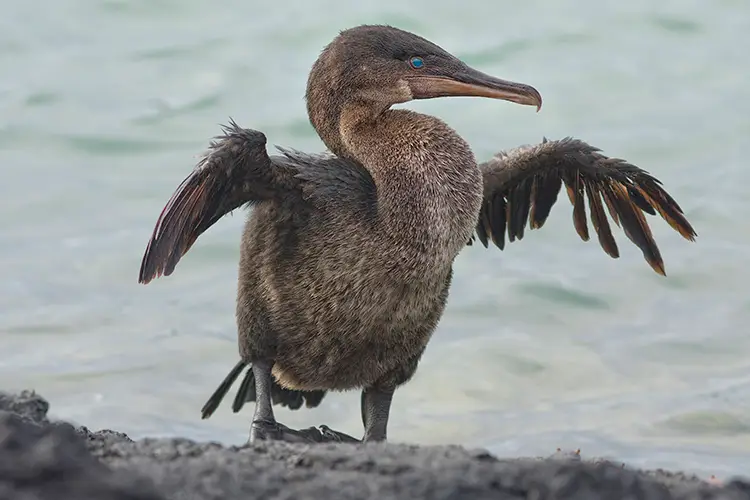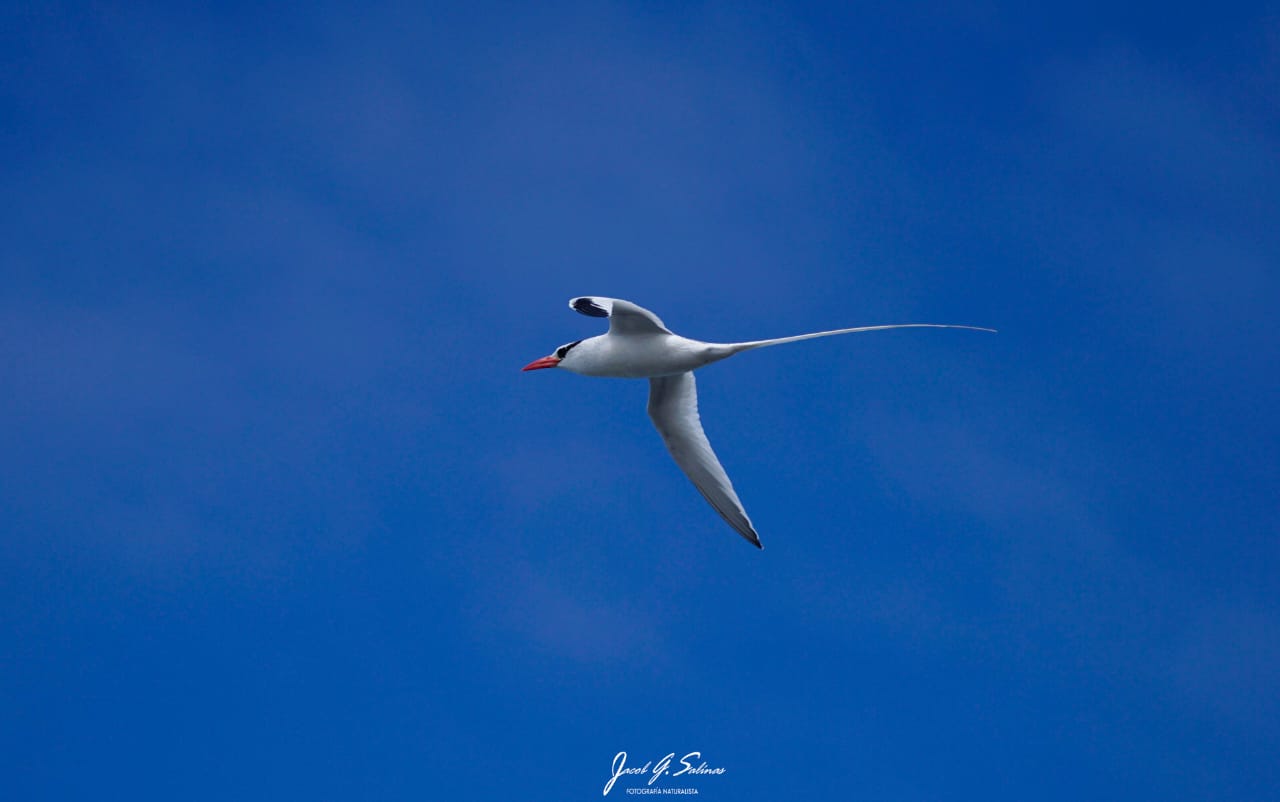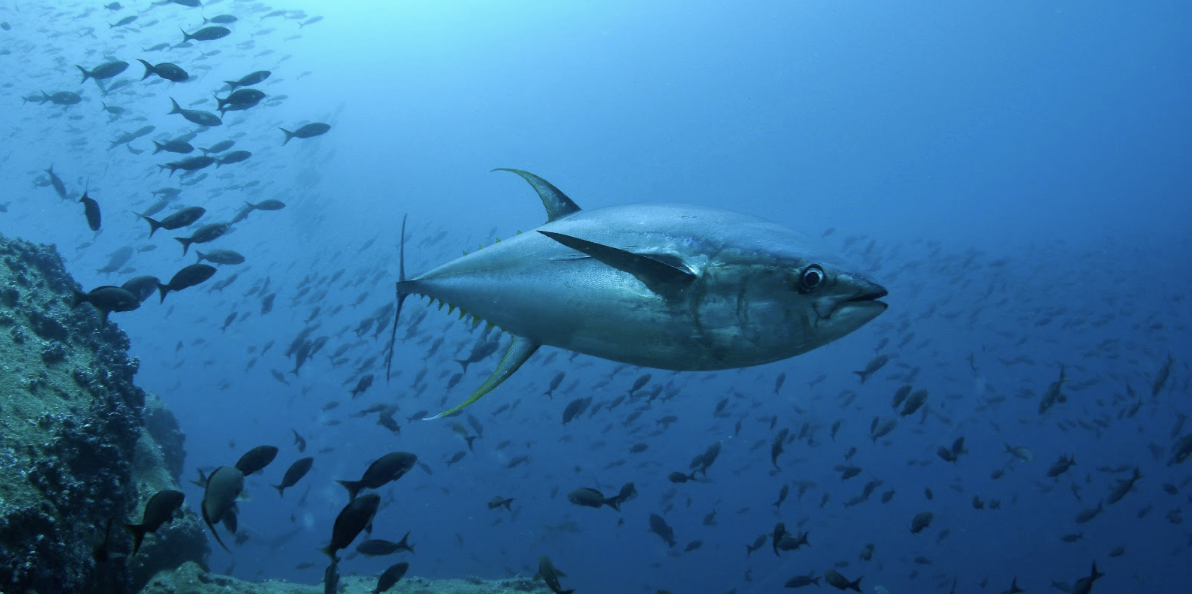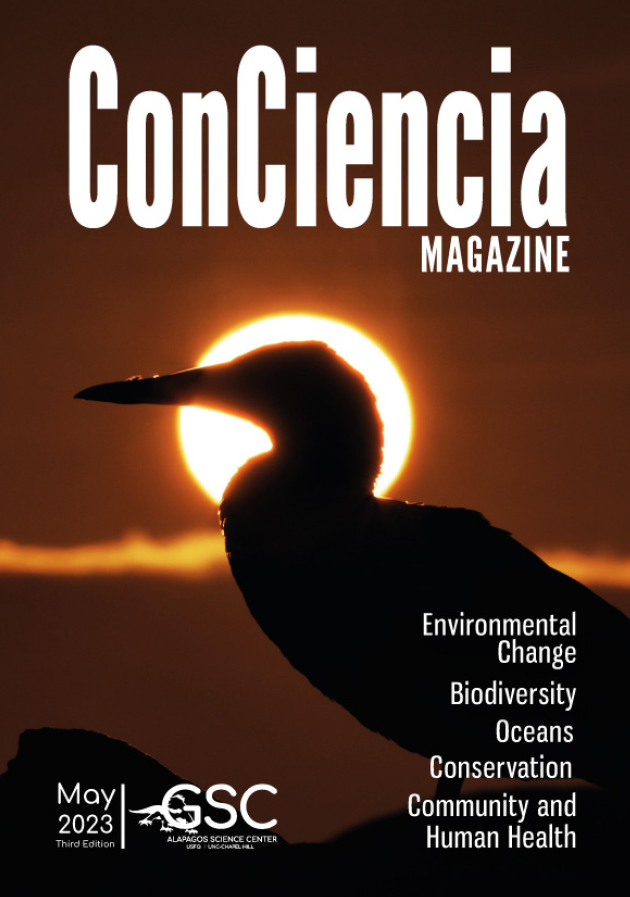NEWS & EVENTS
LATEST NEWS

Jointly led UNC and USFQ research team receives $1m grant from National Science Foundation to conduct research in Galapagos and help determine how temperature influences marine ecosystems
The project will take place at the Galapagos Science Center on San Cristobal, Galapagos.

A team of student journalists from UNC Hussman School of Journalism will develop stories about the community of Puerto Baquerizo Moreno in the Galapagos
Journalist and professor Patrick Davison led a group of students to visit San Cristobal Island, Galapagos as part of the UNC Global Storytelling program.

The GSC biobank will form one of seven bio centers that will guard the genetic resources of the existing biodiversity in Ecuador
On January 26th, the Galapagos Science Center (GSC) welcomed representatives of the Korea International Cooperation Agency (KOICA) including Hyeyoung Lee, Moondo Kim, and Daniela Chávez.

GSC Researcher Alex Hearn contributes to the creation of the Hermandad Marine Reserve in Galapagos
Dr. Alex Hearn, professor of Biology at Universidad San Francisco de Quito (USFQ) and scientist at the Galapagos Science Center (GSC), has studied the migratory patterns of threatened species located in the Eastern Pacific Ocean.
SCIENTIFIC ARTICLES

Underwater kleptoparasitims on a human diver by a Galapagos Flightless Cormorant Nannopterum harrisi
We describe underwater kleptoparasitism on a human diver by a Galapagos Flightless Cormorant Nannopterum harrisi, a behavior that has not been previously described for this species.

Water security and agricultural systems in the Galapagos Islands: vulnerabilities under uncertain future climate and land use pathways
The Galapagos Islands, a hotspot of ecological richness, face challenging climatic and development conditions which undermine regional water security.

Health status of the red-billed tropicbird (Phaethon aethereus) determined by hematology, biochemistry, blood gases, and physical examination
The baseline data, and reference intervals reported in this paper are essential to detecting changes in the health of this seabird in the future.

Movement and vertical habitat use of yellowfin tuna Thunnus albacares in a vertical compressed habitat: the Galápagos Marine Reserve
Tropical pelagic predators are exploited by fisheries and their movements are influenced by factors including prey availability, temperature, and dissolved oxygen levels.
EVENTS
7TH GALAPAGOS RESEARCH AND CONSERVATION SYMPOSIUM
Puerto Baquerizo Moreno, on San Cristóbal Island, will host the 7th Symposium on Research and Conservation in Galápagos. This important multidisciplinary event, which will take place on Monday, July 14 and Tuesday, July 15, 2025, at the Charles Darwin Convention Center, will be organized by the Galapagos Science Center, thanks to the sponsorship of the University of North Carolina at Chapel Hill and the Universidad San Francisco de Quito, and with the support of the Galápagos National Park.
6TH GALAPAGOS RESEARCH AND CONSERVATION SYMPOSIUM
The 6th Galápagos Research and Conservation Symposium took place on Monday, July 15 and Tuesday, July 16, 2024 at the Charles Darwin Convention Center on San Cristóbal, Galápagos. This important multidisciplinary event was organized by the Galapagos Science Center, with the sponsorship of the University of North Carolina at Chapel Hill and the Universidad San Francisco de Quito with the endorsement of the Galapagos National Park.
5TH GALAPAGOS RESEARCH AND CONSERVATION SYMPOSIUM
Puerto Baquerizo Moreno, on San Cristóbal Island, will host the 5th Galapagos Research and Conservation Symposium. This significant multidisciplinary event will feature scientific presentations and community-focused talks, showcasing research and initiatives related to conservation, environmental change, biodiversity and oceans, health, and community initiatives.
World Summit on Island Sustainability
In 2022, the Galapagos Science Center (GSC) and the broader UNC & USFQ Galapagos Initiative celebrated its 10th Anniversary. The GSC hosted the World Summit on Island Sustainability on June 26–30, 2022 at the Galapagos Science Center and the Community Convention Center on San Cristobal Island.
Read our Epub Magazine 2024 Edition
Read our Epub Magazine 2023 Edition
Read our Epub Magazine 2022 Edition






